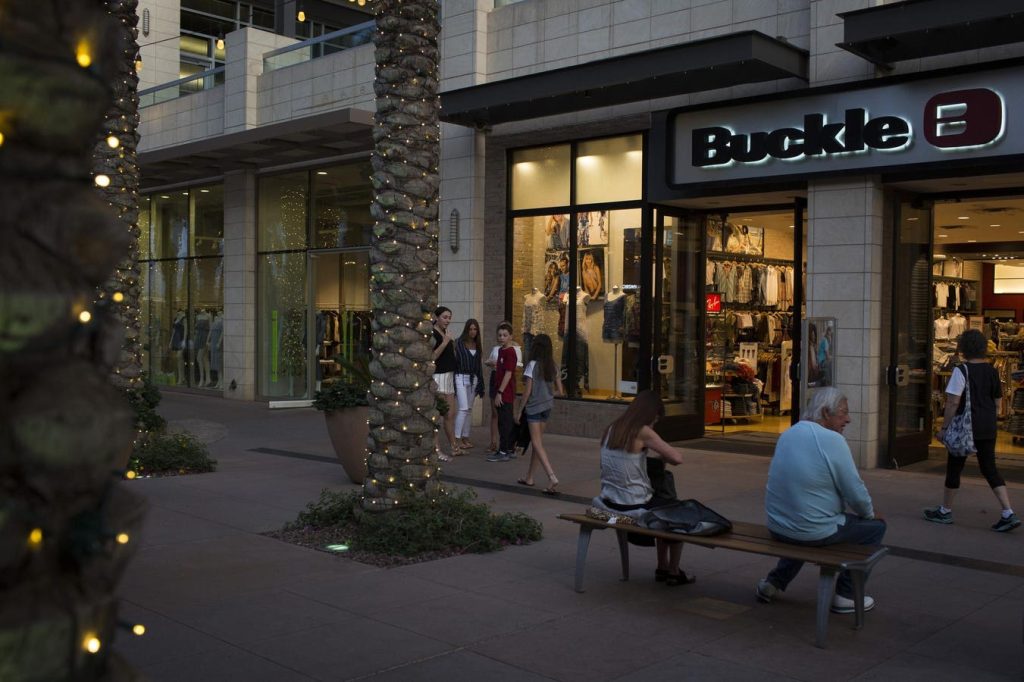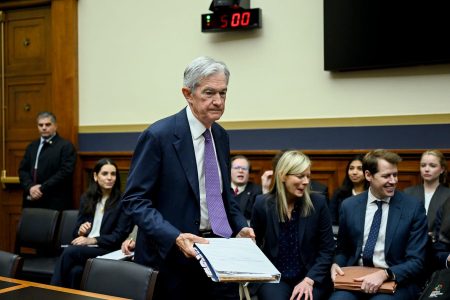Buckle’s Performance and Challenges: A Deep Dive
Buckle Inc. (BKE), a specialty retailer specializing in medium-to-high-end casual apparel, footwear, and accessories, has experienced a mixed performance in recent times. While its stock price has seen an 18% increase since the beginning of 2024, this growth lags behind the S&P 500’s 25% rise. A recent dip in stock price to around $48 per share represents a 5% year-to-date decline (as of January 17). This performance contrasts with one of its competitors, Gap Inc. (GAP), which has experienced a 14% stock price increase during the same period. This raises questions about the factors influencing Buckle’s performance and its potential for future growth.
A key aspect of Buckle’s financial standing is its robust balance sheet. The company boasts significant cash and investment reserves, totaling $350 million, and carries no debt. This strong financial foundation provides a buffer against market volatility and economic downturns. However, increasing costs and declining sales pose significant challenges to Buckle’s profitability. During the first nine months of 2024, Buckle’s revenue decreased by 5% year-over-year, reaching $838 million. This decline is primarily attributed to a 5.4% contraction in comparable store sales and a sharper 9.2% drop in online sales. While a 4% increase in the average retail price per item partially offset these negative impacts, a simultaneous decrease in transaction volume (5.3%) and units per transaction (2.6%) contributed to the overall decline in revenue. Consequently, Buckle’s net income for the first three quarters of 2024 fell by 16% year-over-year to $118 million, primarily driven by rising selling, general, and administrative expenses, coupled with an 80 basis points decline in gross margins to 46.9%.
Analyzing Buckle’s Strategic Approach and Market Positioning
Buckle’s growth strategy has focused on a slow and steady expansion of its physical store footprint. The company’s store count increased marginally from 440 in 2021 to 445 by September 2024. This modest expansion suggests that Buckle’s revenue growth relies heavily on comparable store sales performance, which has been a source of concern in recent times. However, there are indications of a potential turnaround. While comparable store sales declined by 9% in Q1 2024 and 6.6% in Q2 2024, the decline slowed to a mere 0.7% in Q3 2024, demonstrating some resilience and suggesting that the company’s efforts to stabilize sales might be gaining traction. Buckle’s brand portfolio, including BKE, Buckle Black, Salvage, and Daytrip, targets a diverse range of tastes and preferences within the young adult demographic.
Buckle’s stock valuation presents an interesting conundrum. Currently trading at approximately 12 times its consensus 2025 earnings, the stock appears reasonably priced on an absolute basis. However, compared to its competitor, Gap Inc., which trades at about 10 times forward earnings, Buckle’s stock might appear relatively expensive. Understanding this relative valuation requires a deeper analysis of both companies’ growth prospects, financial health, and market positioning. While Buckle’s consistent stock price increases over the past four years (70% in 2021, 11% in 2022, 15% in 2023, and 17% in 2024) are commendable, they haven’t consistently outperformed the broader market. This highlights the importance of considering alternative investment strategies, such as diversified portfolios that balance risk and return.
Considering Alternative Investment Strategies and Portfolio Management
The article contrasts Buckle’s individual stock performance with the Trefis High Quality Portfolio, highlighting the potential benefits of diversified investing. This portfolio, comprised of 30 stocks, has demonstrated less volatility and outperformed the S&P 500 over the same four-year period. This superior performance is attributed to the portfolio’s ability to deliver better returns with lower risk compared to the benchmark index. The Trefis High Quality Portfolio represents an alternative investment approach that aims to provide a smoother ride for investors while seeking to outperform the market.
The comparison between Buckle’s individual stock performance and the Trefis High Quality Portfolio underscores the importance of considering investment objectives, risk tolerance, and diversification strategies. While Buckle’s strong balance sheet and brand portfolio are attractive features, its recent performance raises questions about its ability to generate sustainable growth in a challenging retail environment. Investors seeking higher returns with lower risk may find diversified portfolios, such as the Trefis High Quality Portfolio, more appealing. Such portfolios leverage the power of diversification to mitigate the impact of individual stock fluctuations and aim for consistent, long-term growth.
Evaluating Investment Options and Long-Term Growth Potential
Investors considering Buckle’s stock should carefully evaluate its current financial performance, growth prospects, and relative valuation compared to its peers. While the recent slowdown in the decline of comparable store sales offers a glimmer of hope, the company’s overall revenue and profitability remain under pressure. The stock’s valuation, while seemingly reasonable on an absolute basis, appears relatively high compared to competitors like Gap Inc. These factors warrant a cautious approach and a thorough assessment of Buckle’s potential for future growth.
The article subtly promotes the Trefis High Quality Portfolio as an alternative investment option for investors seeking more stable and potentially higher returns. By highlighting the portfolio’s consistent outperformance of the S&P 500 and its lower volatility, the article encourages investors to explore diversified investment strategies. This underscores the importance of aligning investment choices with individual risk tolerance and financial goals.
Navigating the Investment Landscape and Making Informed Decisions
The investment landscape is complex and requires careful consideration of various factors. Evaluating individual stocks like Buckle requires analyzing financial performance, market positioning, and competitive landscape. Diversified portfolios offer an alternative approach, spreading risk across multiple investments and potentially delivering more stable returns. Investors should carefully consider their individual risk tolerance, investment objectives, and available resources before making investment decisions.
The comparison between Buckle’s individual stock performance and the Trefis High Quality Portfolio serves as a valuable case study for understanding the complexities of investment choices. There is no one-size-fits-all approach, and investors should carefully evaluate various options before making decisions. Whether investing in individual stocks or diversified portfolios, thorough research and informed decision-making are crucial for achieving long-term financial success.










